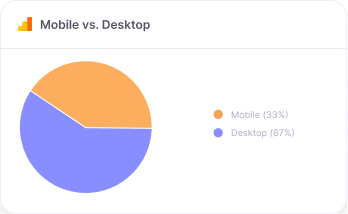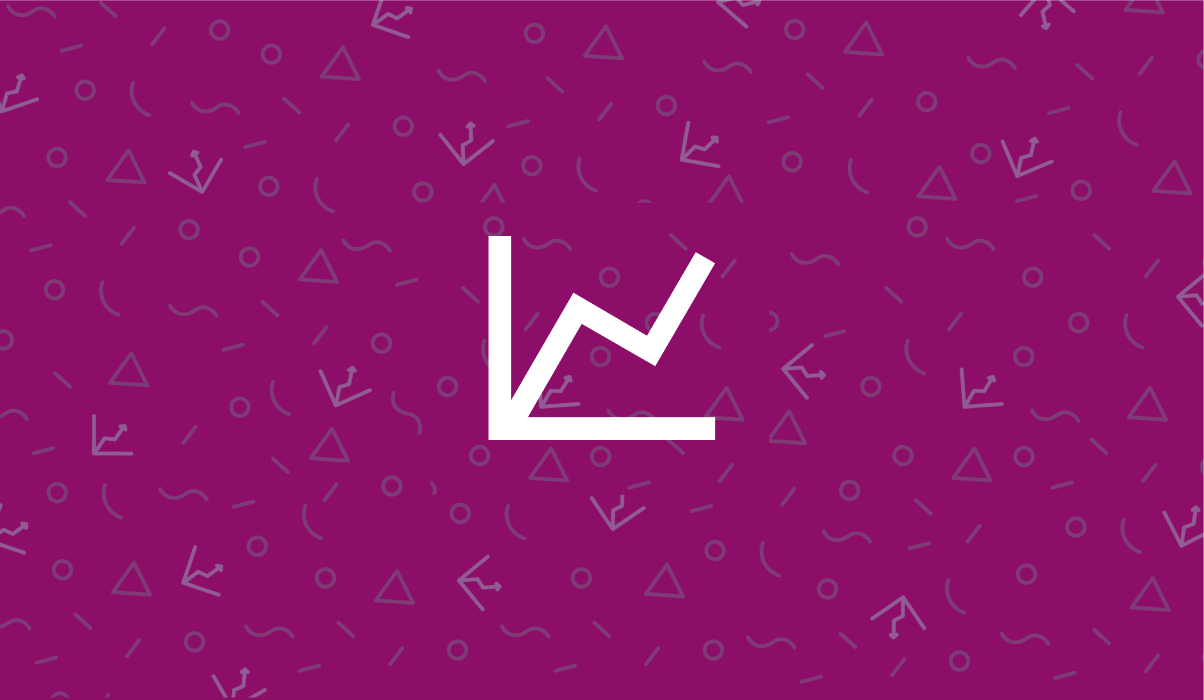Consumers around the globe have learned to embrace eCommerce. They have found it to be more convenient. Why shop in stores that may not have the sizes, styles, or availability that they are looking for? Why limit one's self to limited shopping hours when websites operate 24/7? The benefits are clear as to why consumers are choosing the world of eCommerce.
With this shift away from traditional retail in 2020, there's more data and information at your fingertips than ever before. You can grow your business exponentially when you begin using the data effectively. It can drive your strategy moving forward as long as your team knows how to harness all of the information.
What data is being collected?
Regardless of the platform you use for eCommerce, a significant amount of data is being collected. You might only be looking at a small portion of the data, such as the total revenue from month to month. You're probably only using a fraction of what's being collected, which begs the question: What is being collected?
- Mobile versus desktop shopping
- Demographics
- Total amount spent
- Products being viewed versus products being purchased
- Time spent on various pages of website
Some data may not be collected, either. When there's a disconnect, it can also teach you some critical data collection strategies (like using a wish list to flesh out what people really want to buy).
When you start to use all the data, you can gain better insight into various issues. The data can also be interpreted in various ways so that each department can learn different things. The data used by your marketing department, for example, will be different than the data used by your research and development department.
The more data you have, the more answers you can get – and this can help you to survive in the new eCommerce-driven world we are in.


How Data Aggregation Can Help You
Data aggregation can help you by making sense of the data. Suddenly, you can do more with the data that you have within your system, including:
- Better shopper analysis
- Improved customer service
- Enhanced customer experience
- More targeted advertising
Let's take a closer look at each of these benefits.
Shopper Analysis
When you first start your business, you work on assumptions. You assume that you have a specific target audience, which includes identifying the average age range, gender, and other details. With data aggregation, you can get realistic information.
Shopper analysis can make it easier to develop accurate buyer personas. You learn not only of identifying information but also customer preferences. It can improve the way you operate and market your eCommerce site.
Customer Service
Acquiring customers is only one of the many goals you should have. You also want to establish customer loyalty, and this is done by providing good customer service. Studies have shown that it costs less to retain customers than it costs to go after new ones.
With the right data, you can track the level of customer service you offer, including how quickly you respond to inquiries. You may realize that there are issues going on that you previously were unaware of. It can lead to better training for your staff as well as various technologies that you can employ to automate tasks and provide consumers with the ability to help themselves (such as with chatbots and advanced search features).
Customer Experience
The customer experience should be personalized. When you start to dive into buying decisions, it's often based on who can provide the most personalized experience. This includes everything from sending emails that focus on what a customer has purchased in the past to providing shopping recommendations.
Big data can be used to base recommendations on demographics and customer behavior. It can also be used to fuel targeted ads and customized discounts, allowing you to re-engage users or entice others within the same demographic to shop with you.
Targeted Advertising
Particularly with PPC (pay-per-click) advertising, you want to make sure that you're presenting ads to the right demographic. Otherwise, you aren't going to get the return on investment that you desire. Further, you may be wasting your marketing efforts.
Data aggregation can tell you more about your audience and what they want to buy so that you can provide the right motivation through marketing. Whether you use Facebook marketing, email marketing, or on-page content, the data that you have can be used to be more effective with the strategies that you employ.
Guide Your Strategy Using Data
According to Statista, eCommerce revenue will be jumping to $4.88 trillion by 2021, and you're going to want in on all of the action. In order to have the right strategy in place, you need to know how to make sense of the data, including:
- What people are buying
- How they're learning of products
- What they're using to pay for their purchases
Think about all of the decisions that you have to make on a daily basis. What products are you going to stock? What products are you going to phase out? What new forms of online payments are you going to start accepting? Should you develop a mobile shopping app?
These are all important questions – and ones you should be asking in order to develop strategies that will allow you to be successful with eCommerce. By using data aggregation, you can answer the questions with data instead of hunches.
Inventory is, perhaps, where data can really prove to be useful. What products are your top sellers? What products are hardly ever being purchased? You can use the data to guide your inventory practices. Additionally, you can market the bottom sellers in order to move product faster using product recommendations.
Stay Ahead of Trends to Beat the Competition
There's competition in every industry. Regardless of what you're selling through your eCommerce site, there are other websites out there selling similar products. They may already be using data aggregation. They know their buyers, they've employed the tools to personalize the shopping experience, and they are staying ahead of trends in order to be successful.
If you plan on beating the competition, you have to use data aggregation. It's the best tool as it provides you with deeper insight into what's going on, what people want, and when people want it.
The longer you're in business, the more the data can tell you. Certain products may be more popular during certain times of the year. By taking this into consideration and upping your inventory of certain products, you can anticipate customer demand. Then, when everyone else is out of the product, consumers will come to you. Once you've hooked a customer by anticipating their needs, you can hold onto them so that they don't go back to your competition.
There are some other trends that you need to be aware of, and the data you have can support this:
- Social media is affecting eCommerce
- Mobile shopping is growing
- The COVID-19 pandemic has driven more people to eCommerce
- Augmented reality can be used to enhance the shopping experience
As you embrace the trends, it will allow you to make changes to your website. Consumers can enjoy what you offer them – and you can exploit these changes through email marketing, targeted Facebook ads, and more.
Let Data Visualization Drive Your Decisions
In the past, the news or a gut feeling may have driven the majority of your decisions, and the decisions made by team members. Now, with the ability to have all eCommerce metrics in one place, you can see the full picture.
The full picture provides you with data and data visualization in order to better understand the metrics. Often, data reports can be overwhelming. It's hard to interpret what it is that you're seeing. However, data visualization in the form of charts, graphs, and more, can make it much easier for you to have that "Aha!" moment that you need.
Suddenly, when you have data visualization in front of you, it can drive your decisions more effectively. You can embrace the new eCommerce world more effectively because of having data and analytics that allow you to focus your efforts where they have the biggest impact on your business.
Each piece of data can help you with ordering, marketing, and budgeting. When you want to achieve growth, you have to depend on real numbers to get you there – and with the help of Yaguara, we can aggregate data from all of your key platforms. It can ensure that data drives your decisions and even benchmarks you against other companies in your industry.
If you want to have a competitive edge, you need to start analyzing data. You already have the data, and we'll show you what to do with it.
Start harnessing the power of your data with a platform designed to help in an eCommerce setting. Contact us at Yaguara today to request a demo and see how data can be presented to you in new and innovative ways.













.png)
